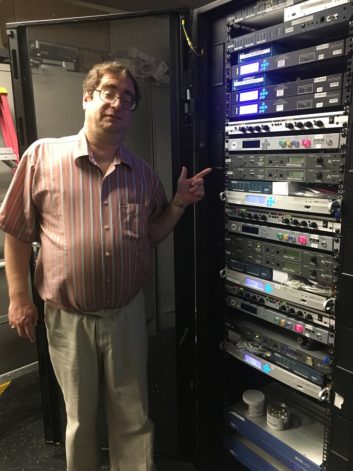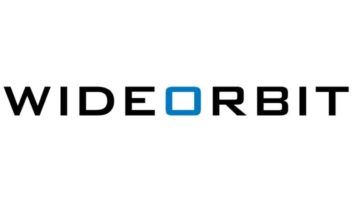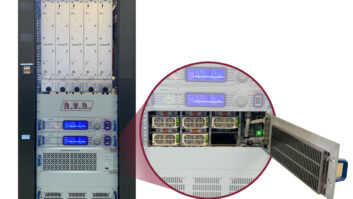 I am a systems engineering consultant and chair for the Audio Engineering Society’s Technical Committee for Broadcast and Online Delivery.
I am a systems engineering consultant and chair for the Audio Engineering Society’s Technical Committee for Broadcast and Online Delivery.
Previously, I was director of stream operations for CBS Radio and then held the same position at Entercom. In these roles, I was responsible for setting up and maintaining over 300 streams.
Early on at CBS Radio, we were doing streams the same way as everyone else, with old PCs and without much priority. Eventually, management asked us to try to find a better solution to manage our streaming content.
We searched and spoke with a number of companies, but nobody could provide the exact solution that we were looking for. In 2014 I went to the AES convention in Los Angeles and after one session I got several members of Telos Alliance together in the back of a conference room and explained how CBS needed a new solution for streaming.
At the end of the day, it turned out we had similar goals for a new streaming platform. I dubbed the meeting a success and came back to New York and worked with Telos’ team over many months providing input and feedback on the project. After a little more than a year, the Telos Z/IPStream R/2 was born.
We started installing them in all the CBS stations. The rollout was a complete success and has continued to be for all the projects I have used the R/2 on since.
R/2 comes with Omnia three-band processing “in the box,” with optional Omnia.9 processing, allowing me to create unique and great-sounding individual presets for each stream.
Having the power of Omnia processing lets me tweak each one to sound amazing as well as staying within the specifications of AES TD-1004, the AES recommendation for the loudness of audio streaming and network file playback.
 Remote operation is smooth as the design was always meant to be controlled and configured by a web GUI. With the Supermicro IPMI control port, the system can be cold-booted. As long as the facility’s firewall rules are configured for proper access, nobody has to be onsite.
Remote operation is smooth as the design was always meant to be controlled and configured by a web GUI. With the Supermicro IPMI control port, the system can be cold-booted. As long as the facility’s firewall rules are configured for proper access, nobody has to be onsite.
The advent of smart speakers has caused unprecedented growth in stream listening. It is one of the fastest-adopted new technologies in our lifetimes. It has brought audio listening back into the home and is driving further expansion into mobile.
In my role chairing the Audio Engineering Society’s Technical Committee for Broadcast and Online Delivery, we are looking into recommendations for stream loudness. We believe it is very important to set the stream content and any injected interstitial to a standard loudness. Not only are these jumps jarring, but forcing listeners to take action to adjust the volume level also opens the door for them to turn off the stream.
The Z/IPStream R/2 is the first streaming appliance to be designed from the ground up as a broadcast stream transmitter. With its built-in redundancy, it is truly the broadcaster’s friend, and I have not worked with an engineer who has been unhappy with this product after I install it.
Radio World User Reports are testimonial articles intended to help readers understand why a colleague chose a particular product to solve a technical situation.
For information on this product, contact Cam Eicher at The Telos Alliance in Ohio at 1-216-241-7225 or visit www.telosalliance.com.












